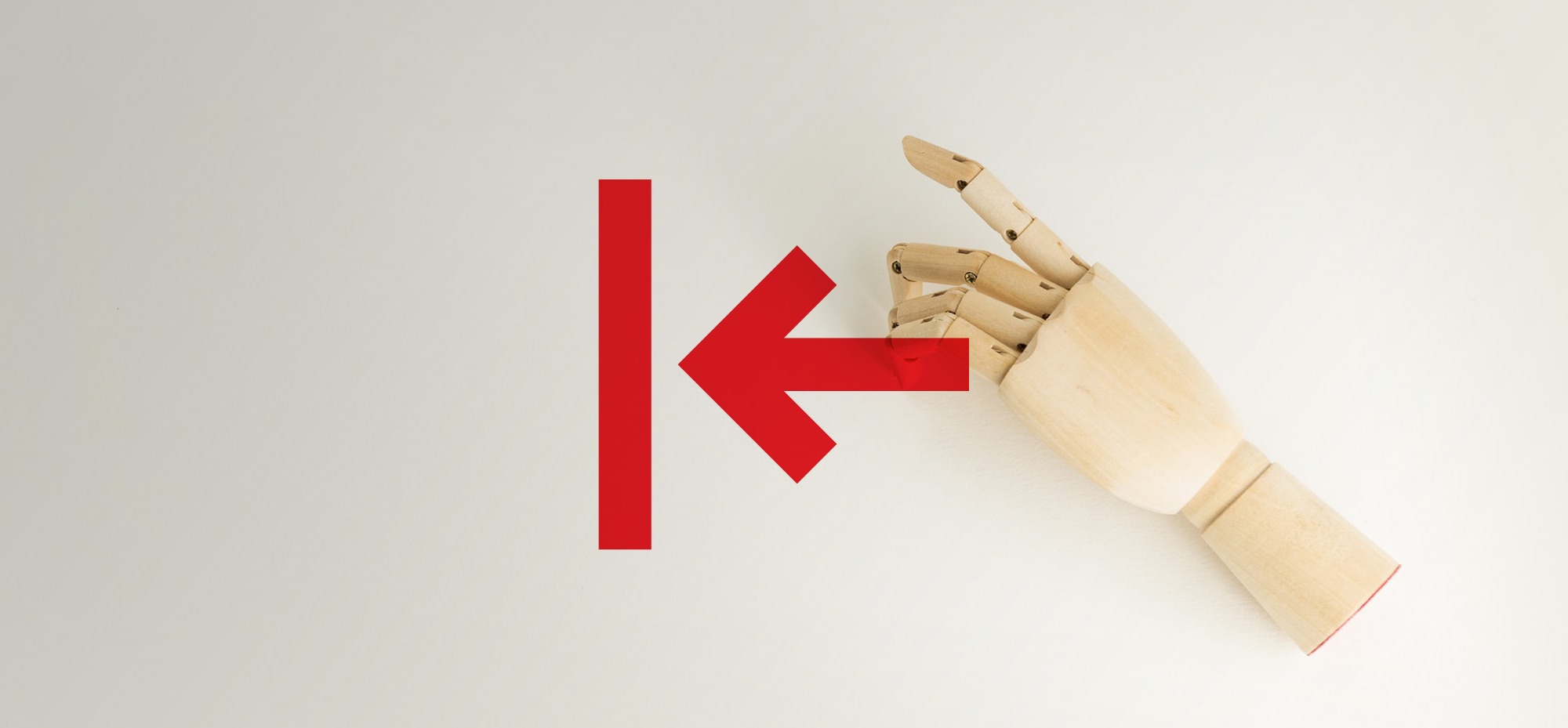Michael Green has made a name for himself and MGA Architecture by designing beautiful buildings with mass-timber, but at a CreativeMornings talk in Vancouver, it was his other work with wood that stood out. Asked to speak on the theme of “roots”, Michael walked the crowd through his thought process in building his future family’s dining table.
Conceptualized before he had children (or considered the thought of grandchildren), Michael looked at this table as a legacy piece – something his family could gather around for generations to come. When imagining who would be using this table, he recognized that how they would use it would change. This table, like all tables, isn’t just a table. For small children, it is a place to hide, to play, to imagine. This realization influenced the design and special care that was taken in his selection and crafting of the joinery which is only visible only when you are underneath the table.
Designing with these things in mind can be a strong differentiator. LL Bean, for example, has a genius hand-me-down tag on some of their children’s clothes.

Not only is this a strong signal of quality that endures the test of time, but it also positions them in direct opposition to the fast fashion movement and has emotional resonance with those of us who received hand-me-downs as children. With longevity, a product takes on a personality of its own. Every scratch, ding, or scar tells a story, and with stories comes an emotional attachment to product and brand. As Green says when exploring the woods with his children, “he who dies with the most scars wins”.
For many companies, moving toward products designed for longevity and legacy marks a fundamental shift in their business model (hello planned obsolescence), but with longevity comes both loyalty and the opportunity to increase customer touch-points through service offerings.
An adage says “a society grows when old men plant trees in whose shade they know they shall never sit”. Green’s idea that good design is about legacy made us think that design grows when humanity builds tables at which their great-grandchildren will one day sit.
You can watch Michael’s talk here.

